Custom Scale Helicopter Landing Lights
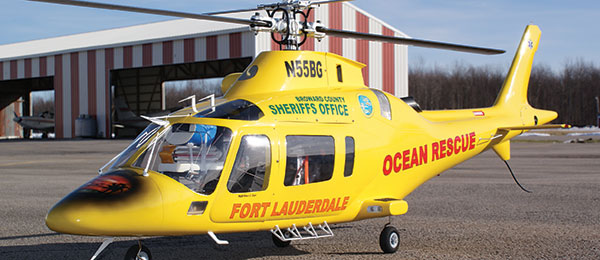
Written by Bob Engle Illuminate your Scale machine to get it the attention it deserves How-to As seen in the December 2009 issue of Model Aviation.
I have been flying RC models for 34 years. I bought my first airplane and helicopter at age 8 and taught myself how to fly. I began teaching RC at age 10 and started flying full-scale aircraft at the same time. I currently own a small company and fly full-scale airplanes and helicopters. Aeromodeling is a part of me, and every part of my day has some aspect of the hobby in it, whether I’m flying, building, or reading about it. On average, I log almost 800 flights per year. My current model collection consists of 18 giant airplanes, which are 35% and larger in size, and 13 helicopters. The latter is a mixture of 3-D and Scale machines. I recently made the huge move into the extreme side of Scale helicopters and purchased my first Vario machine, and I am making the transition into turbine power systems. My favorites to fly are the Eurocopter EC 120 and EC 155. In addition to my love of flying, I enjoy helping others with their models and seeing the joy on their faces as they progress. Helping others is what our hobby is all about. I came up with the idea of making my own landing-light system when I found out that there were no provisions for one in the helicopter that I was building: the Thunder Tiger Agusta A 109 powered for the 90-size market. The Thunder Tiger Raptor series of scale fuselages is affordable for the budget-minded and extremely nice. But if you want to go all out, you have to make many of your own details. I have built five fuselages in this line and decided that it was time to build the 90-size machine. I had planned on adding 16 scale details that were not provided with the kit, including rotating beacons, navigation lights, strobes, and scale landing lights, which entailed two lights per side. I thought long and hard about how to make these features and keep them light. I decided to use hobby-grade sheet styrene, which is available at most hobby stores and distributed by Evergreen Scale Models. I employed .040 inch white for the light housing, 3/8-inch tubular for the bulb housing, and .010-inch clear for the lens to go inside the fuselage, in front of the entire assembly. I glued all of the styrene with Testors Model Master Liquid Cement, which dries quickly and bonds very well. Do not use CA; it will hold poorly. I used RAM light bulb units, which I silicone-glued into the 3/8 tubes. This system for making landing lights works great and looks fantastic when complete. Make sure that all of your model’s wires and fittings are clear of the retractable landing gear. I used silicone to adhere the wires to the fiberglass fuselage, to keep everything neat. The last thing you want in a helicopter are wires flaying around all those moving parts. You can complete this project in a short amount of time. The photos and captions tell the “how-to” part of the story. You will spend more time waiting for glue to dry than anything else. If you take your time, you will be rewarded with fully functional lights that look terrific.
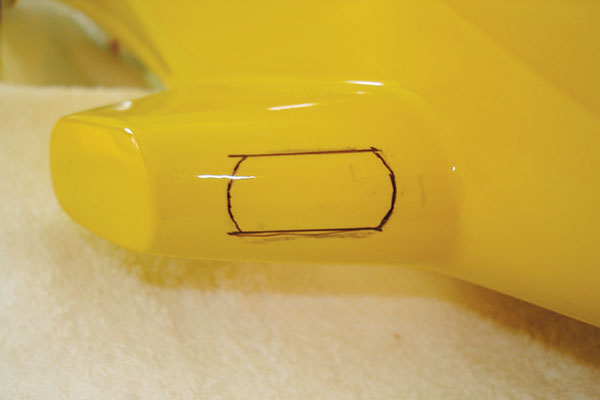
1. With a fine-tip marker, scribe an area that is roughly 1 1/4 inches long and 5/8 inch high. A 6-inch ruler is helpful. You can wipe off the lines later using rubbing alcohol.
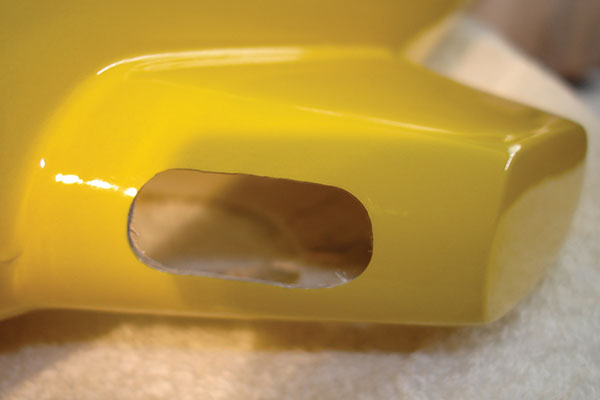
2. Carefully use a Dremel tool to cut the outlined area. Use a 1/4-inch coarse drum to start, and fine-tune the area with a fine drum. A small shop vacuum helps keep the dust down. Take your time doing this; you can’t go back later and fill in your mistakes.
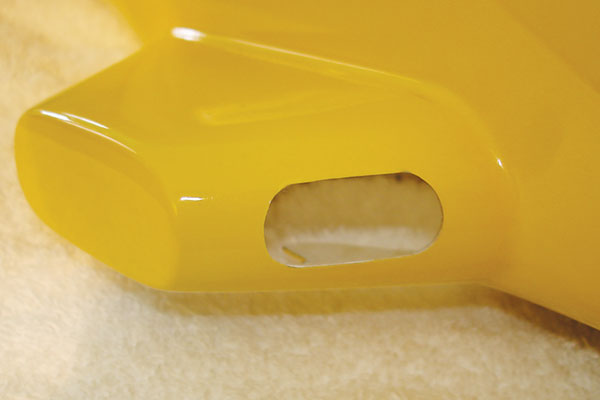
3. The area is almost smooth at this point, so use a small piece of 120-grit sandpaper to go lightly over all of the inside edges by hand.
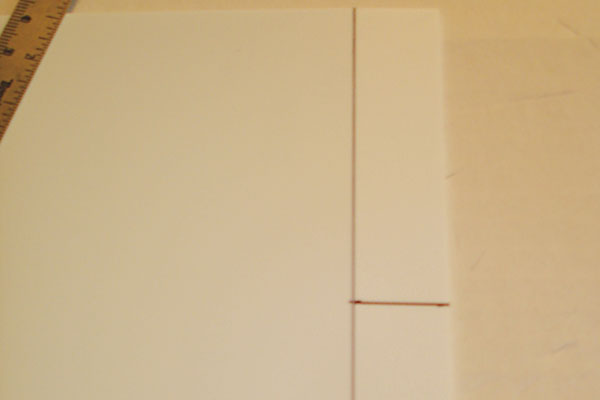
4. Mark the two light mounts on a 6 x 12-inch-piece sheet of .040-inch-thick white styrene. Make these 11/2 inches by 3/4 inch. Cut four pieces of the styrene that measure 11/2 x 5/16.
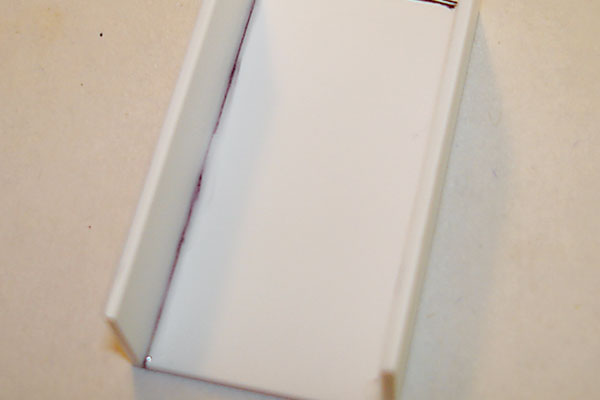
5. Use Model Master Liquid Cement to bond the small pieces to the large pieces at a 90° angle. Set aside to dry.
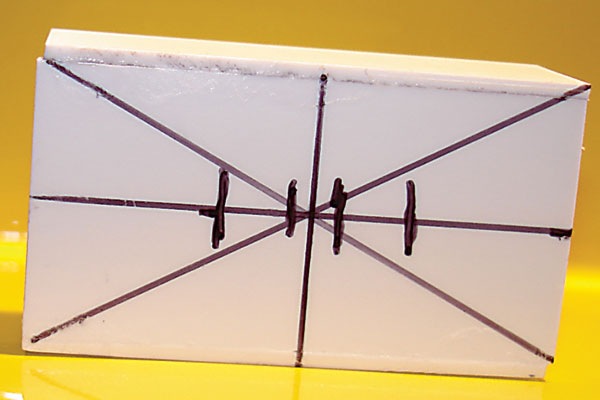
6. Mark the center of the unit with horizontal and vertical lines. From the vertical line, measure to the left and right 5/16 inch. This will be the center for drilling the housing for your 3/8-inch tubes.
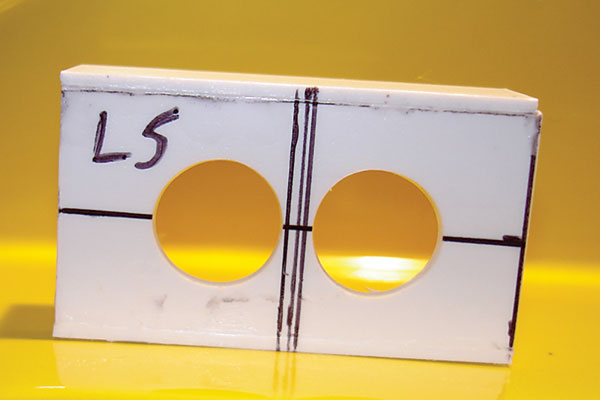
7. Drill the center holes to 3/8 inch. I have found that a drill bit for this travels; it is best to use a reamer. You can take your time with it and remove only the material you need.
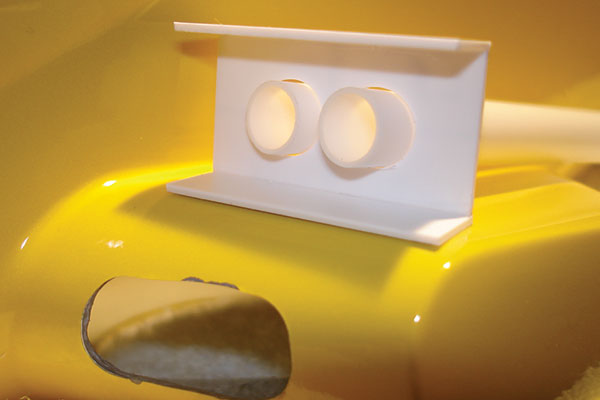
8. Once the tubes fit tightly, cut them to 1/2 inch and glue them in place. Be sure that they fit squarely in the opening so that the lights aim correctly when they are on.
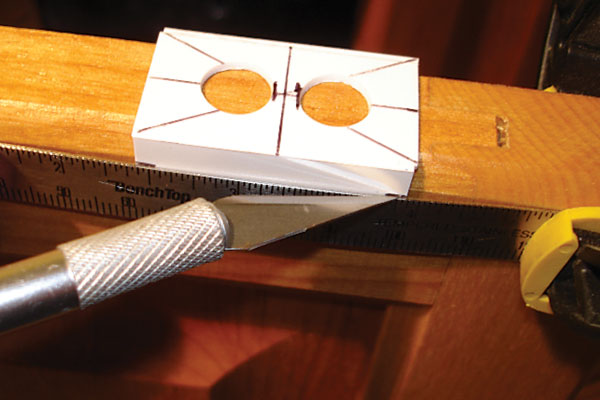
9. Now take a scrap of tubing and make sure the bulb fits inside nicely. Adhere the bulbs in place with silicone. You can hold them with a small clamp. While this dries, use silicone to glue the clear lens into the fuselage.
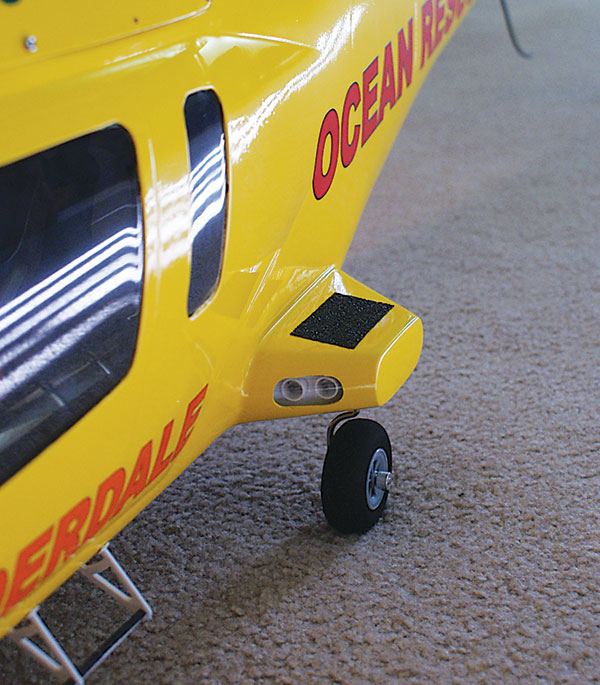
10. The entire unit is held in the fuselage with silicone. Be mindful of the wires, so that they don’t interfere with the landing gear or any moving parts. These lights look scale, cost a minimal amount, and will dress up any machine.
-Bob Engle










1 comments
Scale
Add new comment